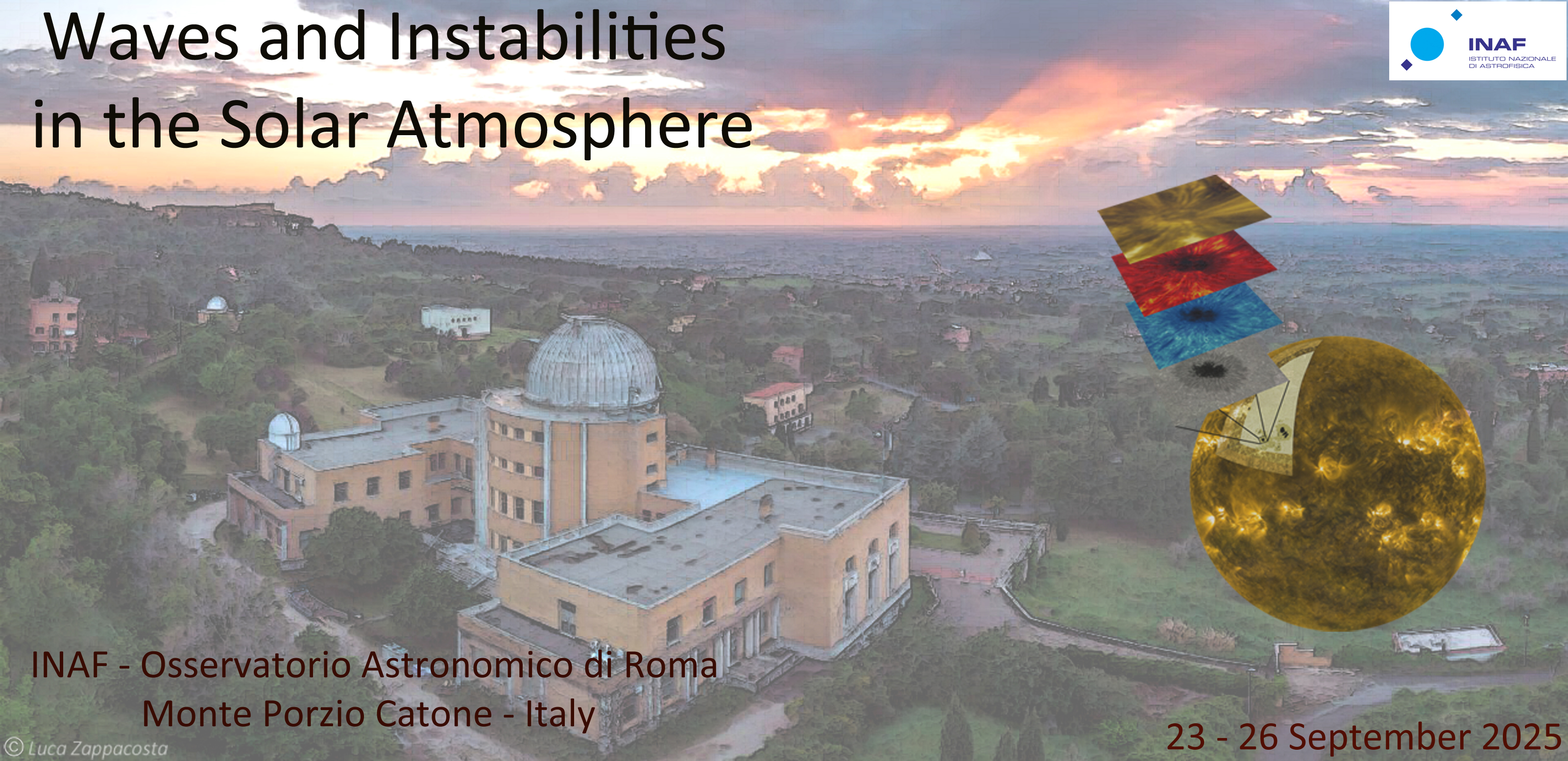Speaker
Description
Understanding the polarisation state of coronal waves is key to constraining wave displacement and velocity amplitude, improving estimates of wave energy flux and deposition. We present a novel method to infer the polarisation of a standing kink oscillation in a coronal loop from a single viewpoint, using combined spectral and imaging data from the Coronal Multi-channel Polarimeter (CoMP). CoMP’s unique capabilities enable simultaneous observation of Doppler velocity, intensity, and line width for the entire corona, allowing us to track the motion of a loop perturbed by an eruption which excites a kink oscillation. Tracking the loop apex, we extract the line-of-sight velocity and plane-of-sky displacement, combining them to construct the loop's phase portrait in velocity space. Our analysis reveals a horizontally polarised kink mode with an oscillation period of $8.9 \pm 0.5$ minutes, in a plane tilted $-13.6^{+2.9}_{-3.0}$ degrees from the plane of sky. We also detect a periodic enhancement in line width at both the kink period and its harmonic. This double peak feature matches predictions of torsional Alfv\'en waves or shear flow-induced eddies at the loop boundaries, and suggest potential energy dissipation through wave-induced turbulence or resonant coupling. These results highlight the power of combined imaging-spectral analysis for probing wave dynamics and pave the way for deeper insights into energy transport in the solar atmosphere.

